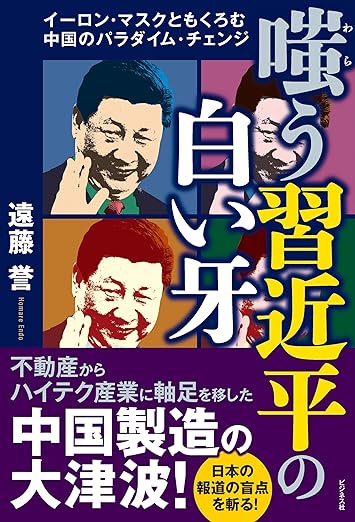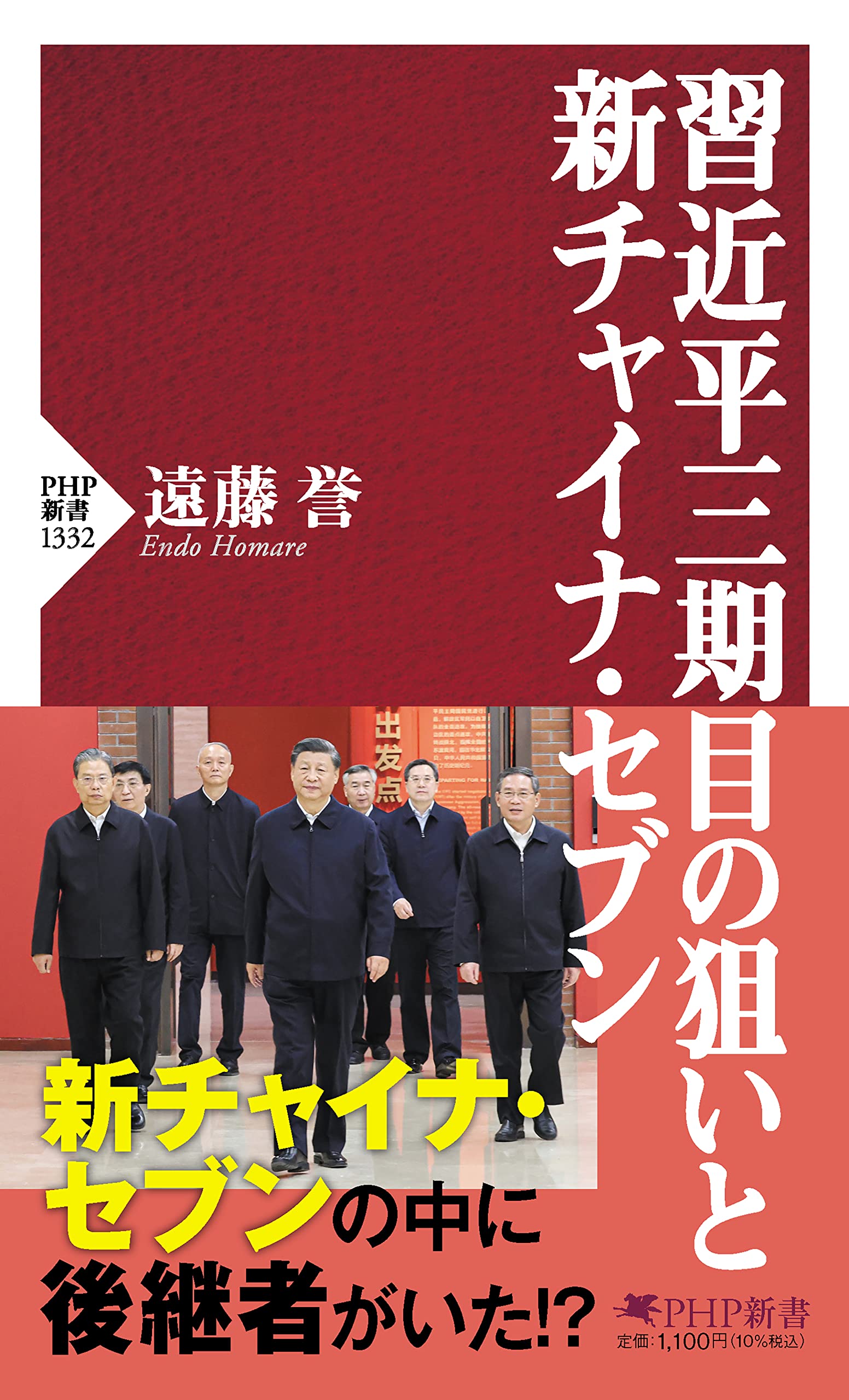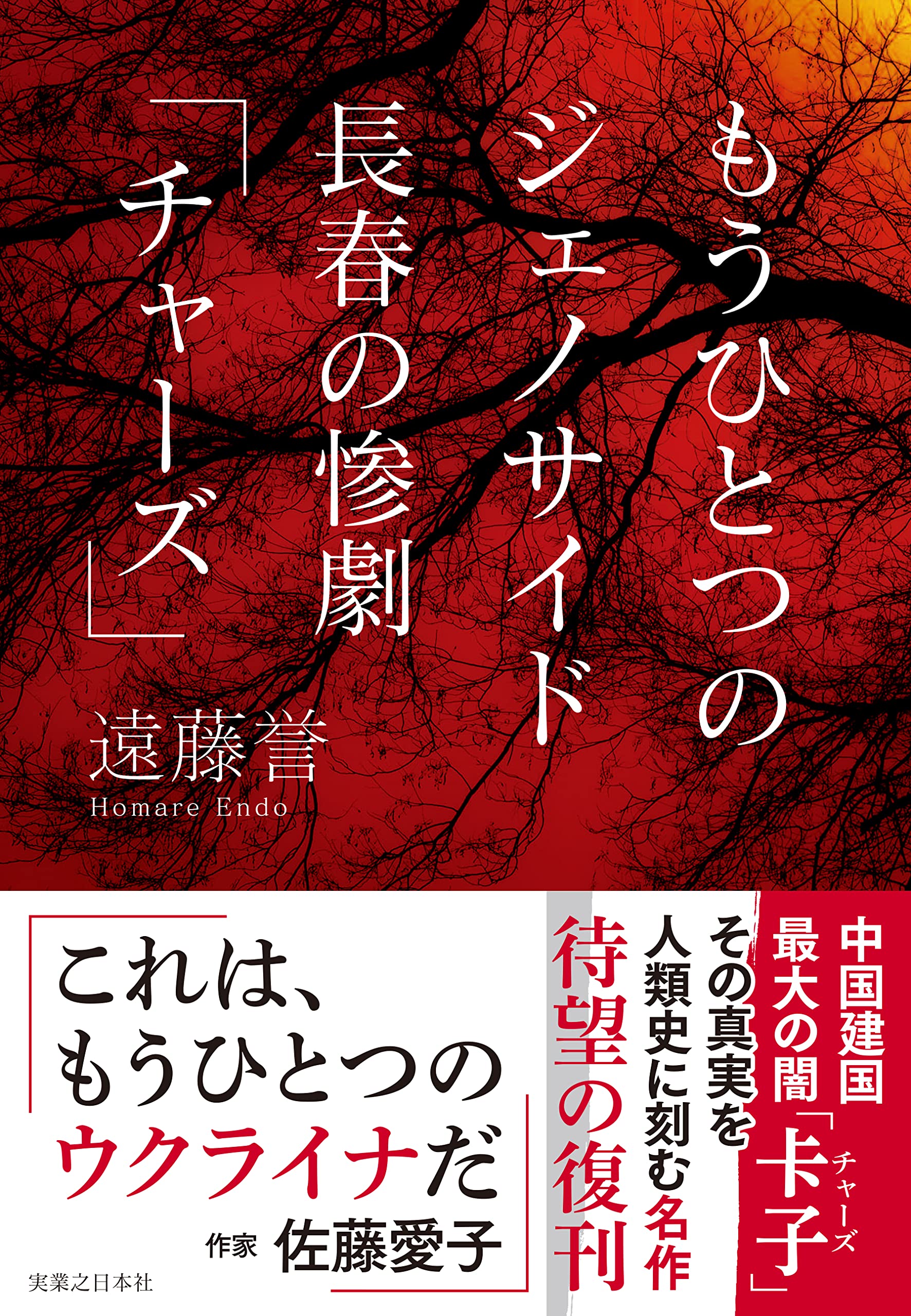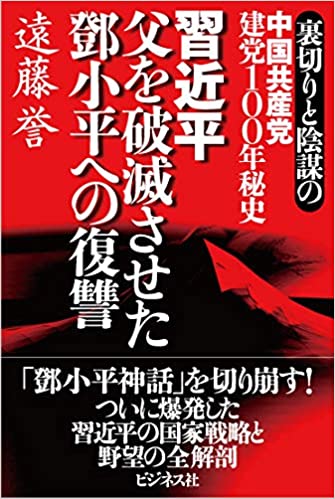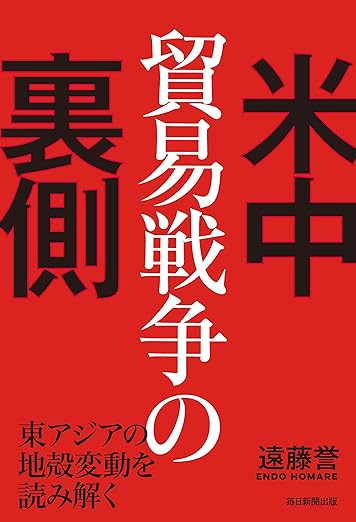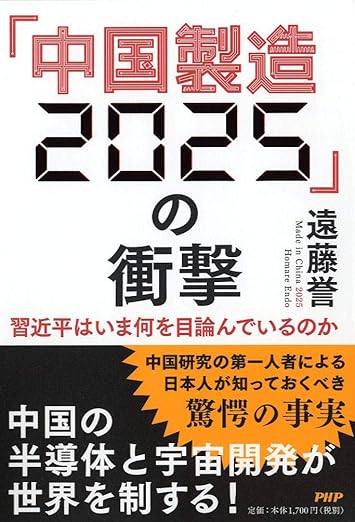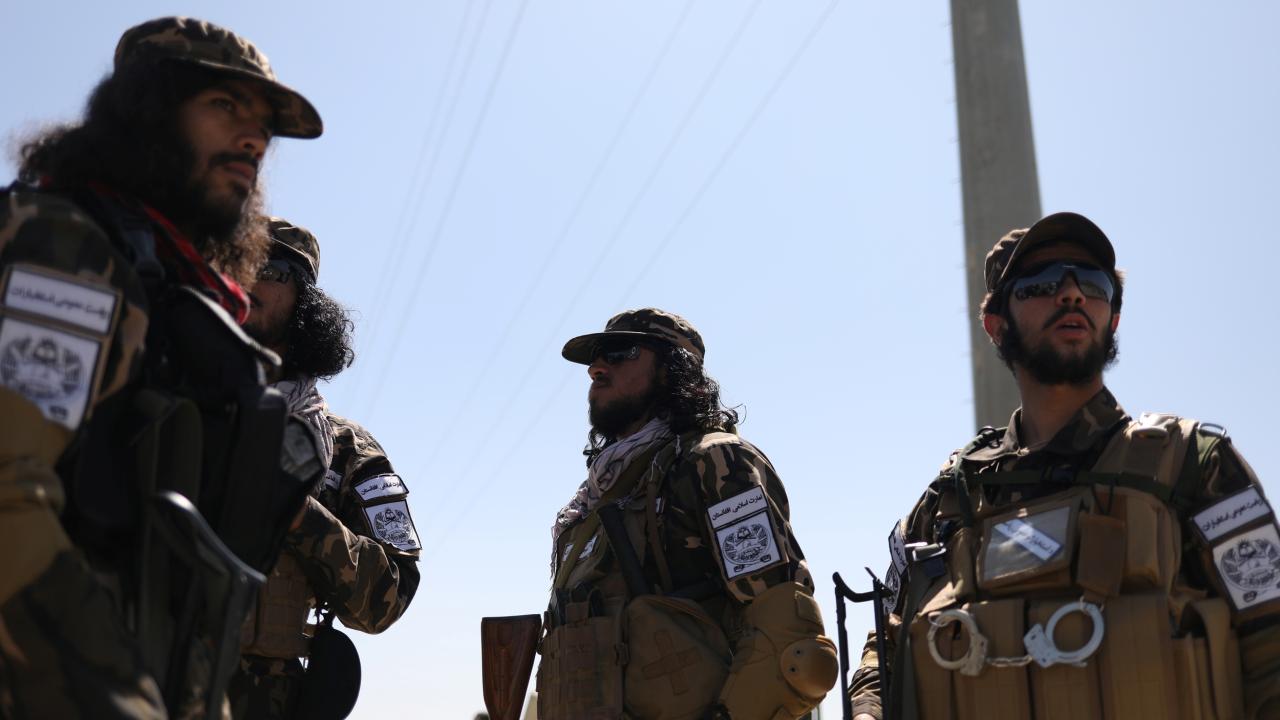
Behind the scenes of the Taliban’s victory is a scenario by Xi Jinping. It was triggered by the assassination of Taliban leader Mullah Mansour by the U.S. military in 2016. This article examines Xi Jinping’s careful strategy to make former President Trump decide on the withdrawal of U.S. troops.
◆The Taliban Seeks China’s Help Following the Assassination of Mullah Mansour in 2016
On May 21, 2016, the U.S. military under the Obama administration killed the Taliban’s then supreme leader Mullah Mansour by a drone (unmanned aircraft) attack in the Afghanistan-Pakistan border area. This made the United States appear to have abandoned the idea of bringing the Taliban to the negotiating table.
This is because, after many twists and turns, a four-way meeting hosted by Pakistan had just been finally realized in January 2016 in which Afghanistan, Pakistan, the United States, and China gathered to establish a roadmap for peace between the Afghan government and the Taliban (Pakistan hosts four-way Afghanistan peace talks). The Taliban did not attend the meeting, as they did not want to talk to the Afghan government, whom they insisted was the United States’ puppet government.
In these circumstances, the delegation of the Taliban, whose supreme leader Mansour was killed by the United States, visited China from July 18 to 22, 2016, and asked China for help. Reuters and several other English-language media outlets reported this news.
At that time, the Taliban requested of China the following:
— We are on good terms with different countries of the world. China is one among them. Afghanistan is occupied by (U.S. and NATO forces and other) foreign forces and subjected to atrocities by those invading forces. We want China to help us gain freedom from occupying forces. We want the Chinese leadership to help us raise these issues on world forums.
Strangely, China has made no official announcement about this.
Why?
◆The Xi Jinping Administration Has Supported the Afghan Government
This is because, as I wrote in my article dated April 30 this year entitled <Devil’s Contract between the U.S. and China: Uyghur Human Rights Issue>, China had until then only considered that the Uyghurs in the Xinjiang Uyghur Autonomous Region were pursuing independence from China by forming the Eastern Turkistan Islamic Movement in partnership with Islamic extremists in Afghanistan. They have, therefore, joined forces with any forces to crack down on the Eastern Turkistan Islamic Movement.
China is also friendly to the Afghan government, which was established after the U.S. invasion of Afghanistan following the 9/11 terrorist attacks. In fact, on July 3, 2016, just before the Taliban delegation visited China on July 18, China provided military support to the Afghan government.
In preparation for it, Afghanistan’s Chief Executive Abdullah Abdullah even visited China to hold talks with Xi Jinping in May 2016.
◆Xi Jinping Also in Contact with the Taliban for Two-Pronged Relationship
According to “Why Should China Be a Mediator for the Taliban?” published on January 19, 2015, by Huanqiu.com, the online edition of Global Times under the control of People’s Daily, China had built a deep relationship with the (former) Taliban administration and promised economic assistance on the condition that it would not invite the Uyghurs to secession and independence since the birth of the former Taliban administration in 1996 (to 2001), especially in 1999 after the Eastern Turkistan Islamic Movement began to cooperate with the Uyghurs in the Xinjiang Uyghur Autonomous Region in 1997. For example, China promised to provide telecommunications services to the Taliban and establish a route between Kabul and Urumqi, the capital of the Xinjiang Uyghur Autonomous Region, centering on the Wakhan Corridor, which shares a border with Afghanistan.
Even after the (former) Taliban administration collapsed after the U.S. military invasion of Afghanistan, Taliban leaders visited Beijing in late 2014 to discuss the possibility of a peace process for the War in Afghanistan. In 2015, there was a talk with former Taliban leaders hosted by China and supported by the Pakistani government about the Afghan peace process in Urumqi, the capital of the Xinjiang Uyghur Autonomous Region.
In this sense, the visit by the Taliban delegation to China in July 2016 can be regarded as the third visit to China since the birth of the Afghan government. All of them happened after Xi Jinping took power. Since July 2016, Xi Jinping has gone one step further to shift his focus from the Afghan government to the Taliban.
Terrorist attacks in China, which had been so frequent in 2014, have subsided since 2016, Chen Quanguo was appointed the secretary of the Xinjiang Uyghur Autonomous Region in August 2016 (see the article dated April 15, <Key Person Who Tests Western Countries’ Commitment to Sanctions for the Uyghur Issue: Candidate for the Next China Seven>), and the Taliban approved China’s interests in copper mines under the control of the Taliban themselves in November of the same year (see the article dated August 20, <A Poor Man Lying on a Gold Mine: China and Underground Resources in Afghanistan>).
This can be seen as evidence that China concluded an agreement for economic assistance with the Taliban on the condition of counterterrorism.
◆Involvement in the Afghan Peace Process Using Pakistan
It is well known that China invited Pakistan to the Belt and Road Initiative and was excited about the Pakistan Corridor. Few would know, however, the other aim of Xi Jinping who was moving in secret behind the scenes.
In May 2013, following the inauguration of the Xi Jinping administration, Li Keqiang (Premier of the State Council) visited Pakistan and signed an agreement for the establishment of the Pakistan Economic Corridor with China.
In April 2015, Xi Jinping himself visited Pakistan and promised to strengthen the Belt and Road Initiative.
Against this backdrop, the Quadrilateral Coordination Group for the Afghanistan issue was formed in January 2016 under the auspices of Pakistan.
In this way, Xi Jinping shifted the Afghan peace process toward the Shanghai Cooperation Organization by using Pakistan and deepened ties with Russian President Putin over the peace process.
◆Xi Jinping’s Tactic of Upsetting Trump by Highlighting Moscow
Xi Jinping has controlled the Taliban by skillfully handling both the Taliban and the Afghan government, as evidenced by his telephone conversation with President Ghani on July 16 this year. If it stands out, however, it will be more likely to stimulate the Eastern Turkistan Islamic Movement due to the Uyghur problem. He also wanted to avoid the United States’ being more alarmed than necessary.
So, Xi Jinping has had Russian President Putin come to the forefront instead of himself. Although only these two may know what sort of compartmentalization they made, the following are some of the phenomena that have come to light consequently. Note that the first is in 2016.
- December 27, 2016: Russian-led Afghan peace talks in Moscow (Moscow peace talks)
- February 15, 2017: The second Moscow peace talks
- April 14, 2017: The third Moscow peace talks (the United States was absent!)
- June 8-9, 2017: The 17th Shanghai Cooperation Organization summit in Astana, Kazakhstan, reached an agreement to resume talks on the Afghanistan issue.
- October 11, 2017: The Shanghai Cooperation Organization’s international conference in Moscow on peace in Afghanistan hosted by the Ministry of Foreign Affairs of Russia.
As described in my article dated September 1, <How Will China Address the Taliban, Who Salute in Celebration of Their Independence with Guns Blazing?>, the predecessor of the Shanghai Cooperation Organization is the Shanghai Five (five-way summit of China, Russia, Kazakhstan, Kyrgyz and Tajikistan), which met in Shanghai in April 1996 to sign the Treaty on Deepening Military Trust in Border Regions (Shanghai treaty). This indicates that it is a counterterrorism organization led by China and Russia as well as an organization to counter NATO. Furthermore, as indicated by the fact that the first meeting was held in Shanghai, the start was led by China.
Perhaps out of gratitude for his cooperation, Xi Jinping awarded Putin the Friendship Medal in June 2018, and Putin praised his relationship with Xi Jinping by saying “China and Russia are closer than ever in history.”
◆Taking advantage of Trump’s Hunger for the Nobel Peace Prize?
On the other hand, in the United States, which had occupied Afghanistan, Donald Trump began campaigning for the presidency in May 2016, asking for Kissinger’s advice on diplomatic issues (for details, see my book “Xi Jinping vs. Donald Trump”). Kissinger won the Nobel Peace Prize for bringing the Vietnam War to an end in peace talks. Former President Obama, with whom he had a strong sense of rivalry, also won the Nobel Peace Prize in October 2009, soon after becoming President. If a Nobel Peace Prize is awarded only for a speech in Prague in April 2009 about a nuclear-free world, it would not be surprising that Trump also craved a Nobel Peace Prize, expecting that he could win the prize if he found a peaceful solution to an unresolved conflict. Trump has the career of a businessperson and the last thing he wanted would be honor.
In fact, it is not hard to imagine how much Trump wanted the Nobel Peace Prize when he asked former Japanese Prime Minister Abe to nominate him for the prize and bragged about it.
As evidence, Trump has said several times since his presidential campaign speeches, “I can chat with Kim Jong Un while eating hamburgers” (see my article dated May 3, 2017, <Will Trump Eat Hamburgers with Kim Jong Un?>).
An old member of the Communist Party of China, from whom I have heard nothing recently, kept telling me “China is paying attention to Trump wanting the Nobel Peace Prize,” and laughed saying “But once the North Korean problem is resolved, the U.S. military-industrial complex will lose an excuse to produce weapons and ammunition…” He no longer has an opportunity to chat with Kim Jong Un while eating hamburgers, but the United States has the long-standing Afghanistan issue.
Trump might have thought that if he could have solved the Afghanistan issue, he would have surely won the Nobel Peace Prize this time.
It is unlikely that strategic China overlooks this point.
In any case, it is certain that China’s and Russia’s plans to shift the initiative in the Afghan peace talks to the Shanghai Cooperation Organization encouraged Trump to decide on the withdrawal of U.S. troops from Afghanistan.
◆Until Trump and the Taliban Reach a Peace Agreement
The Trump administration, which started officially in January 2017, began to publicly state in April that Russia provided weapons to the Taliban. In fact, CNN released information on July 25 that they obtained videos supporting the allegation, under the headline <Videos suggest Russian government may be arming Taliban CNN EXCLUSIVE>.
Cautious about Russia, the Trump administration did not attend the aforementioned peace talks in Moscow on April 14, 2017. Trump must have been upset, thinking “Russia will take the initiative if nothing is done.”
Even in the United States, the mood of war‐weariness was spreading.
As the details are so complicated, it is summarized as follows: On February 26, 2018, the Taliban directly called the U.S. government to negotiations. In response, on July 23, 2018, U.S. Deputy Assistant Secretary of State Alice Wells secretly met with the Taliban at a political office in Qatar.
As a result, the United States and the Taliban managed to reach a peace agreement on February 29, 2020. The subsequent details are omitted here, but the withdrawal of U.S. troops was victory for the Taliban and for China and Russia.
The way the Taliban beat the government forces was also learned from Mao Zedong’s strategy in China’s war for liberation, which I will discuss separately when I have an opportunity.
◆World map showing the scenario drawn by Xi Jinping
V-Dem Institute in Sweden published Democracy Report 2021: Autocratization Turns Viral.
Below is a world map of the degree of democratization shown in this report.
Countries with a higher degree of liberal democracy are shown in blue, and countries with a lower degree of liberal democracy are in red.
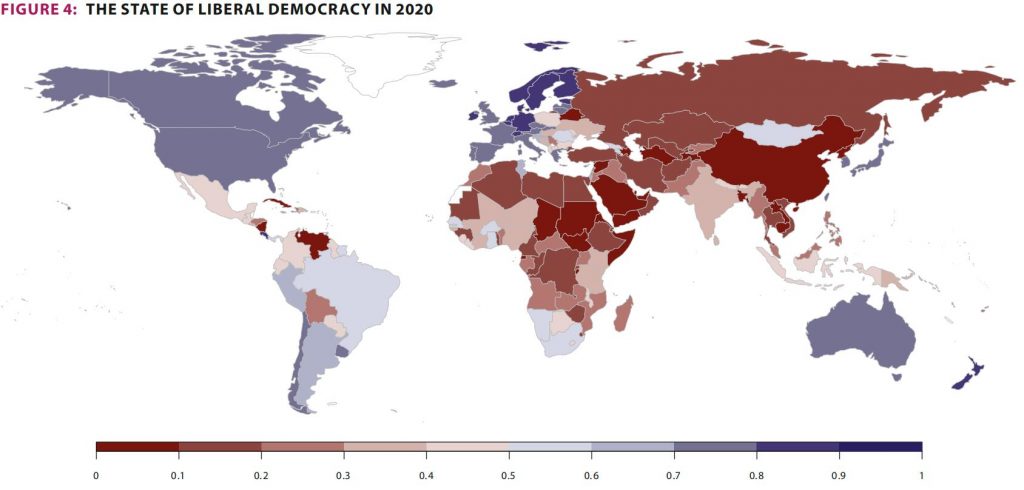
Source: Democracy Report 2021 by V-Dem Institute
The Eurasian Continent countries including China and Russia are almost all in red, while part of northwestern Europe, the United States, Australia and Japan are in blue. On the whole, there are more red countries.
Comparing this with IMF’s map of per capita GDP, we can see that they are very similar to each other. In the map below, the darker the green, the higher the GDP per capita (economically richer), while the darker the red, the lower the GDP per capita, indicating poorer countries.
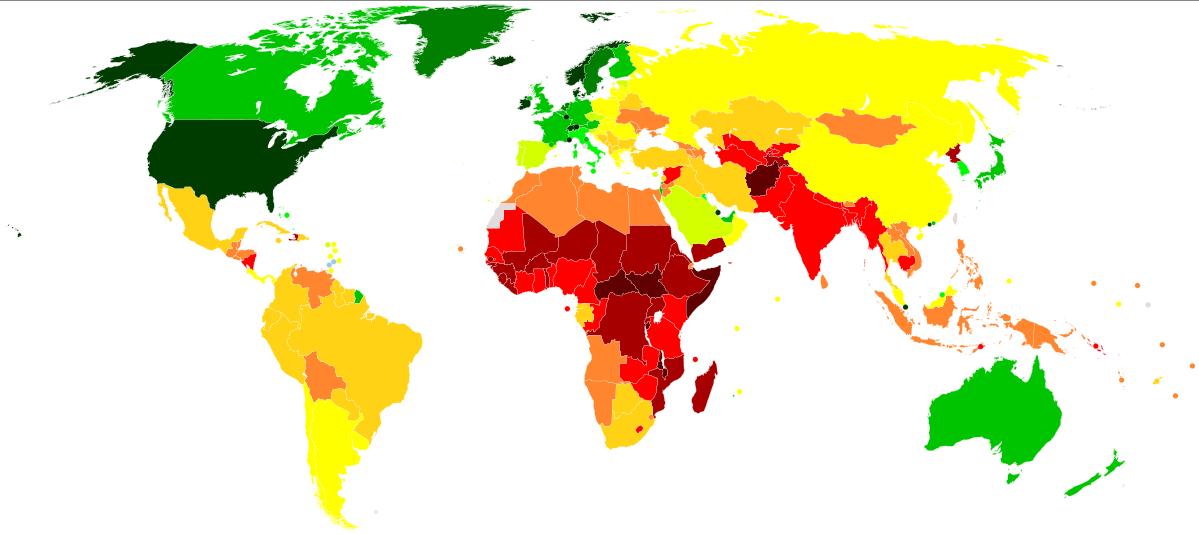
Source: IMF data 2019
What this means is as follows: Countries where liberal democracy has penetrated have a higher GDP per capita with a certain level of the middle class and widespread education. Countries with a lower per capita GDP, on the other hand, are not economically rich, resulting in the circumstances where education does not spread and people do not have leeway to make decisions and freely make choices by themselves, making it difficult for liberal democracy to grow. Even if elections take place, therefore, those countries have no choice but to exercise autocratic rule.
Furthermore, it is totally impossible to plant liberal democracy in a country with a strong religious character, such as Afghanistan, through armed invasion.
President Biden, in forming an anti-China network, has said that it is a battle between democracies and autocracies. If he seriously believes so, the United States will surely lose to China. Because a majority of the world is occupied by states with an autocratic tendency.
But the bottom line is the fact that a lower GDP per capita indicates a higher potential for development. This is the axis of Xi Jinping’s scenario.
In other words, Xi Jinping’s strategy of attracting red countries to China with Chinese money through the Belt and Road Initiative has the potential to have more power in the future than Biden’s strategy of partnering with a small number of democratically advanced countries with smaller GDP growth potential.
It can be said that the era in which the United States attempts to democratize the other country by armed attack ended with the blunder seen in the withdrawal of U.S. forces from Afghanistan, whereas there is concern about whether Biden’s strategy of positioning the anti-China network in the context of the battle between democracies and autocracies could really defeat China.
While we must prevent China as a suppressor of speech from increasing its power, we need to have a panoramic view of the world.
This article is an English translation of the article on September 6th.
カテゴリー
最近の投稿
- 欧州が抱える中国問題
- 台湾有事で米軍の援軍はあり得るか? トランプ2.0とバイデン政権の対台湾武器提供の比較から
- Europe’s China Problem
- 日本の戦略的転換と、インド太平洋抑止に台湾が果たす新たな重要性
- トランプ氏の習近平・高市両氏への電話目的は「対中ビジネス」 高市政権は未だバイデン政権の対中戦略の中
- 中国の「高市非難風刺画」は「吉田茂・岸信介」非難風刺画と同じ――そこから見える中国の本気度
- 中国の高圧的な日本叩きに対して日本が持っているカード
- 高市発言に習近平はなぜここまで激怒するのか? 日本は台湾問題を口実にせず防衛力に戦略を
- Japan’s Strategic Turn and Taiwan’s New Centrality in Indo-Pacific Deterrence
- 中国の第15次5カ年計画の建議に見る政治経済の転換:成長のナラティブから安全保障を基軸とした統治へ




